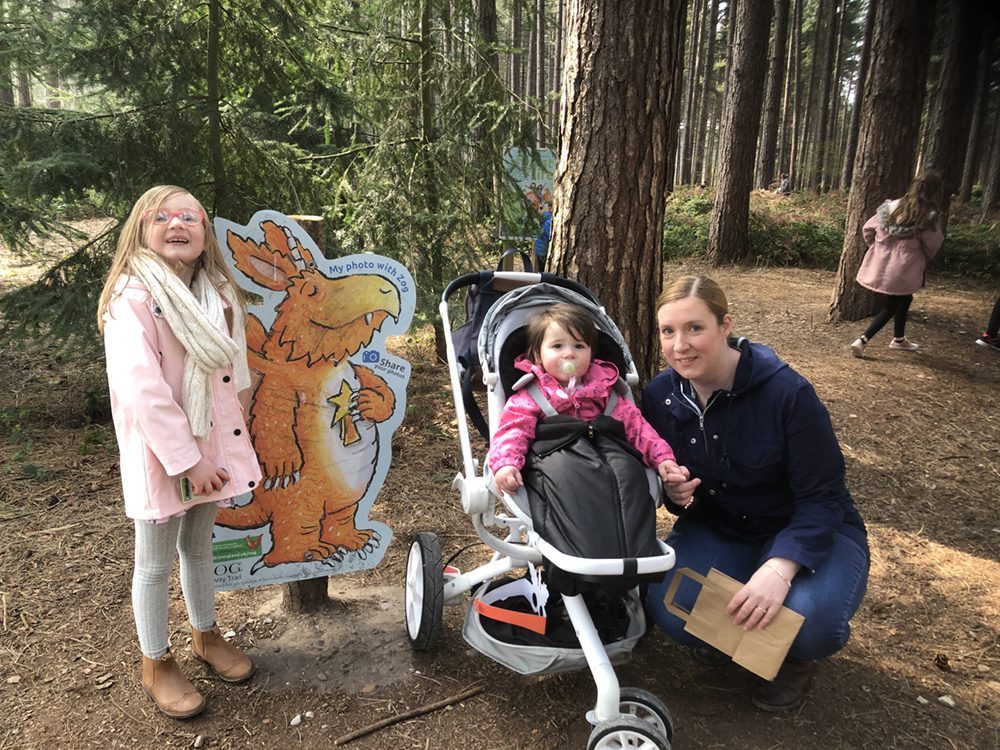
Mortgage application: A step-by-step guide
Collaborative post
Buying a first home is a major undertaking and a key life milestone – albeit one that is becoming steadily harder for young professionals to achieve. News cycles have been dominated by the recent volatility of housing markets and mortgage rates alike, potentially scaring first-time buyers off the market until things cool down. But, besides some understandable concerns about interest, there is little to be scared about. Though the mortgage process might seem daunting, it is relatively simple.

Understand Your Financial Situation
Before you start with any form of mortgage-related endeavours, you first need to have a concrete understanding of your own financial standing. If you are buying a house together with someone, both of your financial histories and situations will be regarded during the mortgage application process.
For starters, how much money do you have saved up? You will naturally have been saving for a deposit, and the amount of liquid savings you have to invest in your deposit will have a profound impact on the shape of the mortgage agreement you sign. Of course, the biggest impact comes in the form of your income and debt liabilities.
Your income dictates how much you could reasonably afford within a set period of time, creating a soft upper limit for the size of your mortgage (and potentially impacting the location or size of house that you can reasonably hunt for). Meanwhile, your debts – or how effective you have been at repaying them – can impact your credit score, further impacting the likelihood of being accepted for a mortgage at all.
Research Lenders
With a clear image of your financial circumstances and the knowledge that you are in a good position to take on a mortgage, your next step is to research lenders. There are various avenues you can take to find the right mortgage plan for you, beyond using the same bank with which you hold your current account.
Finding the best fixed rate for interest is a priority, but so too is solid customer service, to ensure no hiccups occur between provisional agreement and completion. Here, it is important to mention ‘mortgages in principle’. These are forms of pre-approved mortgage, that enable you to apply for a mortgage before settling on a property. This can make the process of house-hunting much smoother, but can also hamstring you if prices rise during inspections.
Inspection, Appraisal and Approval
After finding and settling on a property, the completion process has several elements that can impact your mortgage application. A survey and inspection of the property must take place, which can reveal hidden issues with a property. These can impact the initial valuation of the property, and potentially spook lenders. Generally speaking, though, regular mortgage agreements can be underwritten shortly after these surveys, after which a completion date is confirmed. From there, administration is handled between your lender and your solicitor.
The mortgage process can be a scary one from the outside, and the various steps involved in the process can seem overwhelming at first gland. However, with a little more understanding of the process, you can navigate it with ease on your journey to your first home.





